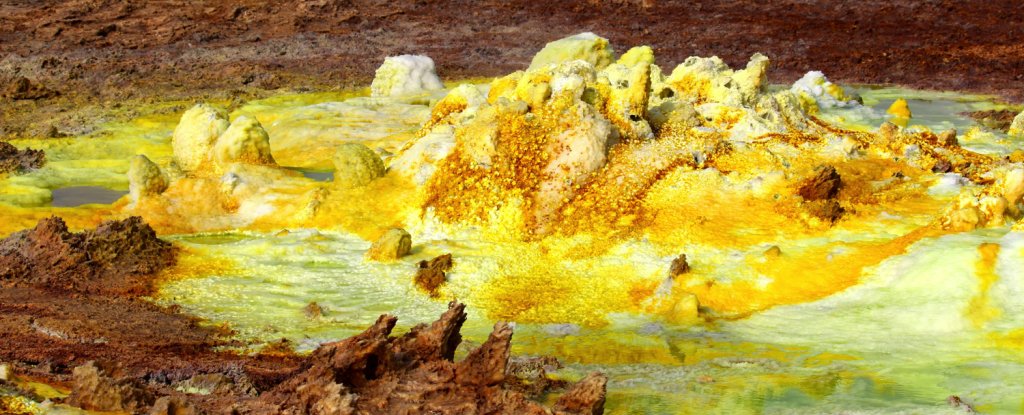As the world turns to green hydrogen and other renewable energy sources, scientists have discovered that archaea – the third form of life after bacteria and eukaryotes – have been making energy using hydrogen gas and ‘ultraminimal’ enzymes for billions of years.
Specifically, the international team of researchers discovered that at least nine phyla of archaea, a domain of single-celled organisms lacking internal membrane-bound structures, produce hydrogen gas using enzymes thought to only exist in the other two forms of life.
Archaea, they realized, not only have the smallest hydrogen-using enzymes compared to bacteria and eukaryotes, but their enzymes for consuming and producing hydrogen are also the most complex characterized so far.
Small and mighty, these enzymes have seemingly allowed archaea to survive and thrive in some of Earth’s most hostile environments where little to no oxygen is found.
“Humans have only recently begun to think about using hydrogen as a source of energy, but archaea have been doing it for a billion years,” says Pok Man Leung, a microbiologist at Monash University in Australia who co-led the study.
“Biotechnologists now have the opportunity to take inspiration from these archaea to produce hydrogen industrially.”
Hydrogen is the most abundant element in the Universe and is used globally to make fertilizers and other chemicals, treat metals, process foods, and refine fuels.
But hydrogen’s future lies in energy storage and steel-making, which could be produced with zero emissions if renewable energy is used to convert materials such as water into hydrogen gas.
Microorganisms produce and release hydrogen gas (H2) for entirely different purposes, mainly to dispose of excess electrons produced during fermentation, a process whereby organisms extract energy from carbohydrates such as sugars without oxygen.
Enzymes used for consuming or producing H2 are called hydrogenases, and they were first comprehensively surveyed across the tree of life only eight years ago. Since then, the number of known microbial species has exploded, particularly archaea, which hide out in extreme environments, such as hot springs, volcanoes, and deep-sea vents.
However, most archaea are known only from chunks of their genetic code found in these environments, and many haven’t been cultured in the lab because it’s very difficult to do so.
So Monash University microbiologist Chris Greening and colleagues searched for the gene encoding part of one type of hydrogenase, fast-acting [FeFe] hydrogenases, in more than 2,300 archaeal species clusters listed in a global database.
Then they tasked Google’s AlphaFold2 with predicting the structure of the encoded enzymes, and expressed those enzymes in E. coli bacteria, to check those genes were actually functional and produced hydrogenases capable of catalyzing hydrogen reactions in their surrogate host.
“Our finding brings us a step closer to understanding how this crucial process gave rise to all eukaryotes, including humans,” Leung says.
Eukaryotes are organisms whose cells contain a nucleus and membrane-bound organelles, such as mitochondria and other useful cellular factories.
All eukaryotes are thought to have emerged from the union of an anaerobic archaea and a bacterium it gobbled up billions of years ago. A second, much later endosymbiosis then gave rise to the ancestor of plants, with chloroplasts.
Greening, Leung, and their colleagues found the genetic instructions for [FeFe] hydrogenases in nine archaeal phyla and confirmed they are indeed active in those microorganisms – making it three from three domains of life that use these kinds of enzymes to make hydrogen.
But unlike bacteria and eukaryotes, further analyses showed that archaea assemble “remarkable hybrid complexes” for their hydrogen production needs, fusing two types of hydrogenases together.
“These findings reveal new metabolic adaptations of archaea, streamlined H2 catalysts for biotechnological development, and a surprisingly intertwined evolutionary history between the two major H2-metabolizing enzymes,” the team writes in their paper.
Many of the cataloged archaea genomes analyzed in this study are, however, incomplete, and who knows how many more species are yet to be discovered.
It’s more than likely that archaea harbor other ingenious ways of making energy that we are yet to find.
The research has been published in Cell.





